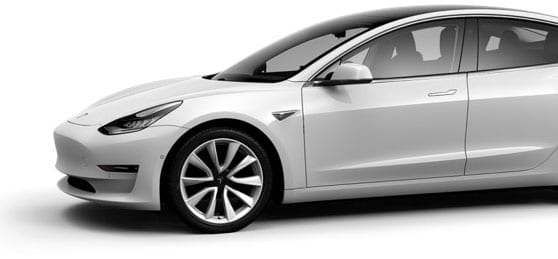Traditional brake pads
Deteriorate Due to
Regen Braking:
Hybrid and electric cars brake differently than gasoline powered vehicles. A gasoline vehicle uses brakes frequently, causing them to heat and dissipate moisture. Hybrid and electric cars use their electric motor to slow the vehicle, resulting in less frequent use of your brakes. This can cause moisture buildup, corrosion, and premature brake failure.
Traditional pads are also
More Susceptible to
Issues
Traditional aftermarket brakes are susceptible to issues because they’re made using painted metal and traditional adhesives. NRS-EV brake pads are specifically engineered for your hybrid or electric vehicle, using rust-resistant galvanized steel.
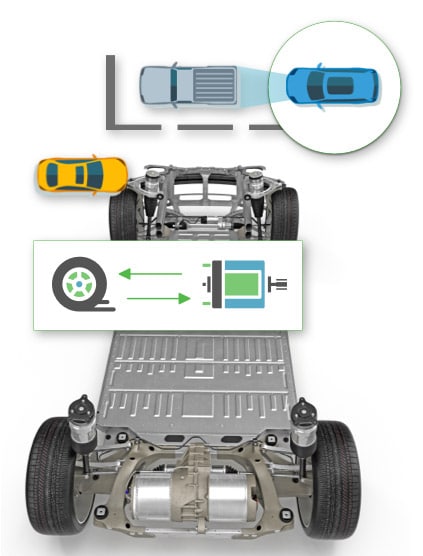
The Number One Issue with Electric / Hybrid
vehicles
is the
underuse of brake pads Due to Regen Braking.
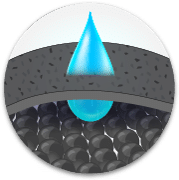
Traditional
Painted Pads
As moisture creeps through the porous nature of the friction material it is compromising the untreated backing plate.
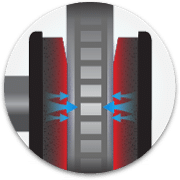
Traditional Combustion
Engine Vehicles
Usually moisture in the friction material is dissipated as heat is created through normal braking routines.
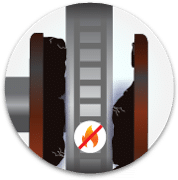
Electric/ Hybrid
Vehicles
Hybrid and Electric vehicles do not experience this same creation of heat and as a result a significant increase in brake pad separation (failure) as a result of corrosion.
Engineered for EV
NRS EV Specifically designed brake pads for Electric/Hybrid Vehicle Technology
Traditional Painted Brake Pads VS NRS-EV Galvanized Brake Pads
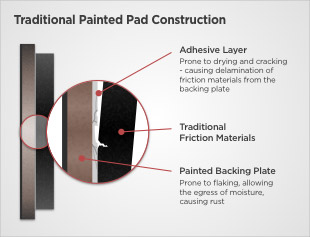
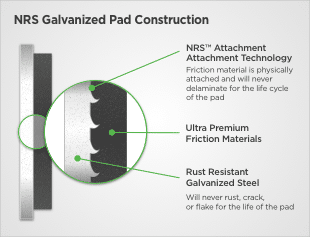
NRS brake pads are the world’s longest lasting brake pad for a reason. We use Galvanized steel construction and premium friction materials, making sure you have the same stopping power throughout the life of the entire brake pad. NRS also uses a patented NRSTM mechanical attachment technology insuring the friction material never delaminates from the backing plate, giving you more secure, safer stops.
NRS is the World’s Longest Lasting, Safest and Most Environmentally Friendly Brake Pad for Electric, Hybrid and Autonomous Vehicles
- Electric/Hybrid program includes Over 68 new applications
- Our Electric/Hybrid offering covers an estimated 25,000,000 vehicles
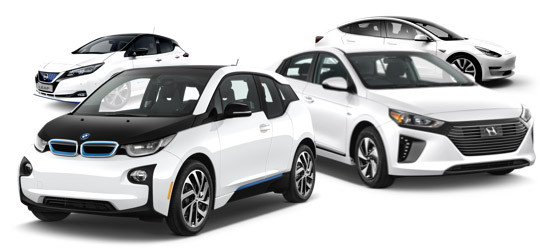
Green Like Your EV
NRS Galvanized Brake Pads follow Strict Environment Guidelines.
They are also 100% Copper-free and 100% Recyclable.
Maybe it’s the changing times or our heightened awareness of climate change that makes us all care more about what goes into the products we buy. NRS Brakes has always crafted premium brake pads to meet the highest possible standards for environmental safety and sustainability.
Our unmatched commitment to the environment means that you can always expect NRS to deliver the longest lasting, safest and most environmentally friendly brake pad for electric, hybrid and autonomous vehicles.
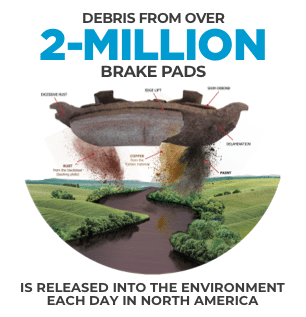
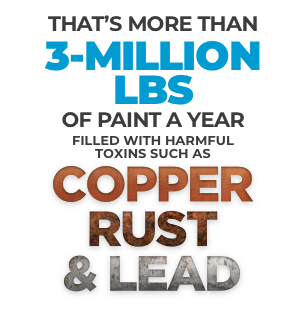
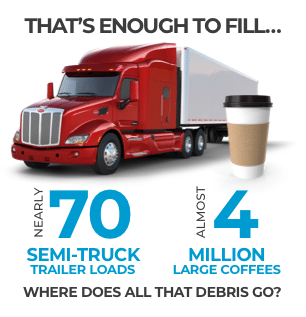
NRS Brakes Ultra-Premium products are environmentally friendly and adhere to the new low copper requirements under California and Washington restrictions. Our metallics and copper-free ceramics already meet the LEVEL A, B, and N mandated U.S. regulations.

These symbols are your assurance that NRS Brakes is committed to our environment. NRS brake pads are 100% copper-free and are 100% recyclable.
NRS EV Galvanized Brake Pads Already Comply with strict U.S. State Guidelines
The States of California and Washington each passed laws regulating various constituent levels in friction materials
- Require manufacturers to test and register friction materials
- Require marking friction material edge codes
- Require marketing friction material packaging with compliance information
- Regulatory compliance levels will be indicated on packaging and edge codes on three levels – A, B or N.
Level A

U.S. State Legislature Mandates
California: January 1, 2014
Washington: January 1, 2015
Friction materials to be below 0.01% Cadmium, 0.1% Hexavalent Chromium, Lead, Mercury &
Asbestos
fibers.
NRS EV Compliance
All NRS Brakes formulations Already Met this requirement prior to deadline.
Level B

U.S. State Legislature Mandates
California: January 1, 2021
Washington: January 1, 2021
Friction materials containing more than 5% by weight Copper is prohibited.
NRS EV Compliance
NRS Brakes formulations Already Conform; metallics do not contain copper, current ceramic is less than 5% copper.
Level N

U.S. State Legislature Mandates
California: January 1, 2025
Washington: January 1, 2023*
All formulations sold with more than 0.5% Copper by weight is prohibited.
* Earliest date – pending Washington’s determination of availability of level N
materials.
NRS EV Compliance
NRS Brakes metallics and copper free ceramics Already Meet this requirement.
Quiet Like Your EV
NRS offers Galvanized protection Virtually Eliminating Brake Noise. Not resting on our past achievements, We expanded on our advanced knowledge of vehicles and their braking systems to develop the Piston Cushion Insert.
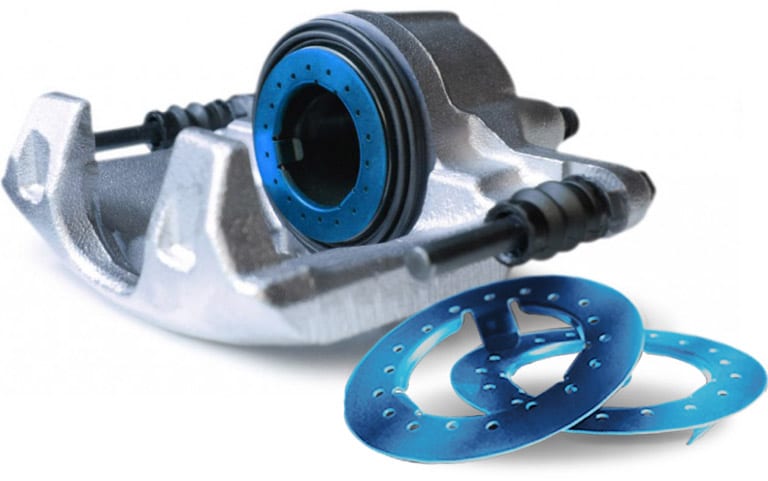
When brakes are applied to a moving vehicle, heat is created through friction between the brake pads and rotors.
Heat transfer happens when the heat travels through the brake caliper to affect other parts of the braking system such as brake fluid.
The Piston Cushion acts as a barrier, minimizing heat transfer to the brake fluid.
- Absorbs piston vibrations for improved NVH
- Universal system for improved Noise Abatement
- Included in every NRS brake Kit – where applicable
- Acts as a Heat Shield for Pad/Rotor/Caliper
- Protective cap for caliper piston
- Reduces wear/heat impact on caliper piston
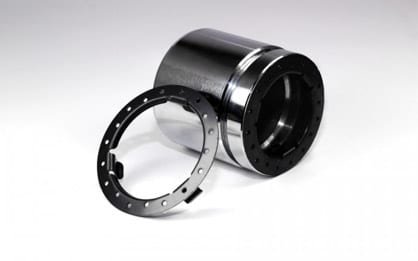
Each Piston Cushion insert is designed to exceed OEM Standards with “1510”-i2 Dual Active Materials.
Piston Cushion Construction
Cross section of a Piston Cushion
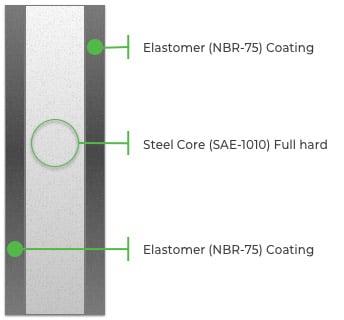
Piston Cushion
Performance
Test Results
Cumulative Noise vs. Test Progression
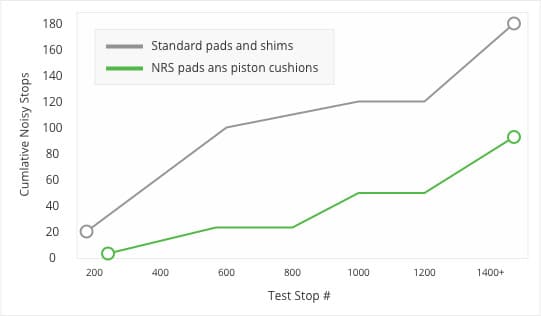
To measure noisy brake stops and NVH, the NRS Piston Cushion was put though many tests, including the SAE standard J2521 noise test. This test is an automotive industry standard test, consisting of 1400+ stops at various pressures, velocities, and temperatures. A noisy stop is considered any stop having a greater than 70dB noise rating.
The chart above shows two comparative SAE J2521 noise tests. The test was run once without NRS PISTON CUSHION and again with NRS Piston Cushion. In each case, the number of noisy stops was tracked and charted. After 1,430 stops, NRS Piston Cushion reduced the number of noisy stops by over 70%.
Go back to HOME Page.
Go to NRS Brakes website.


